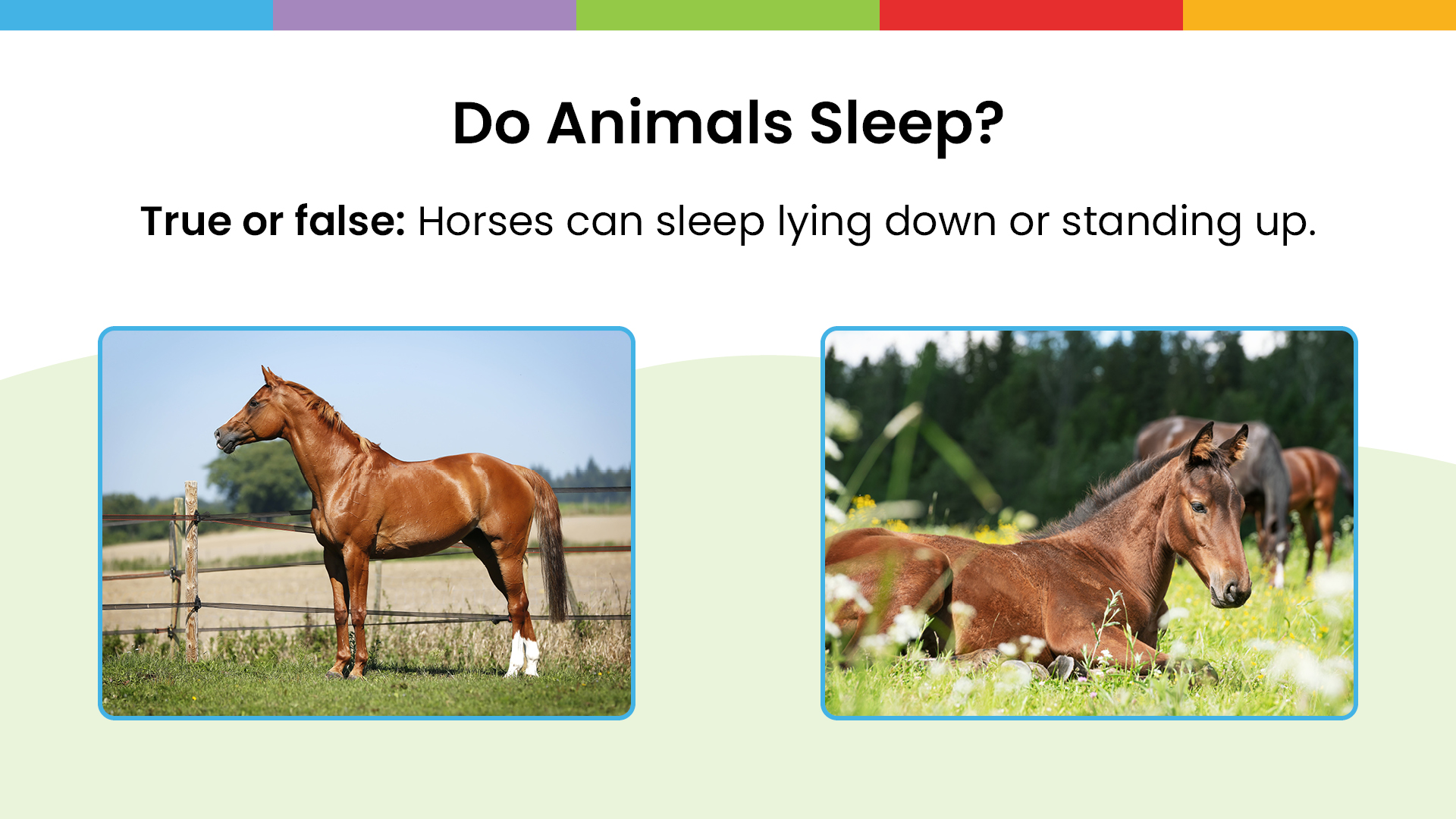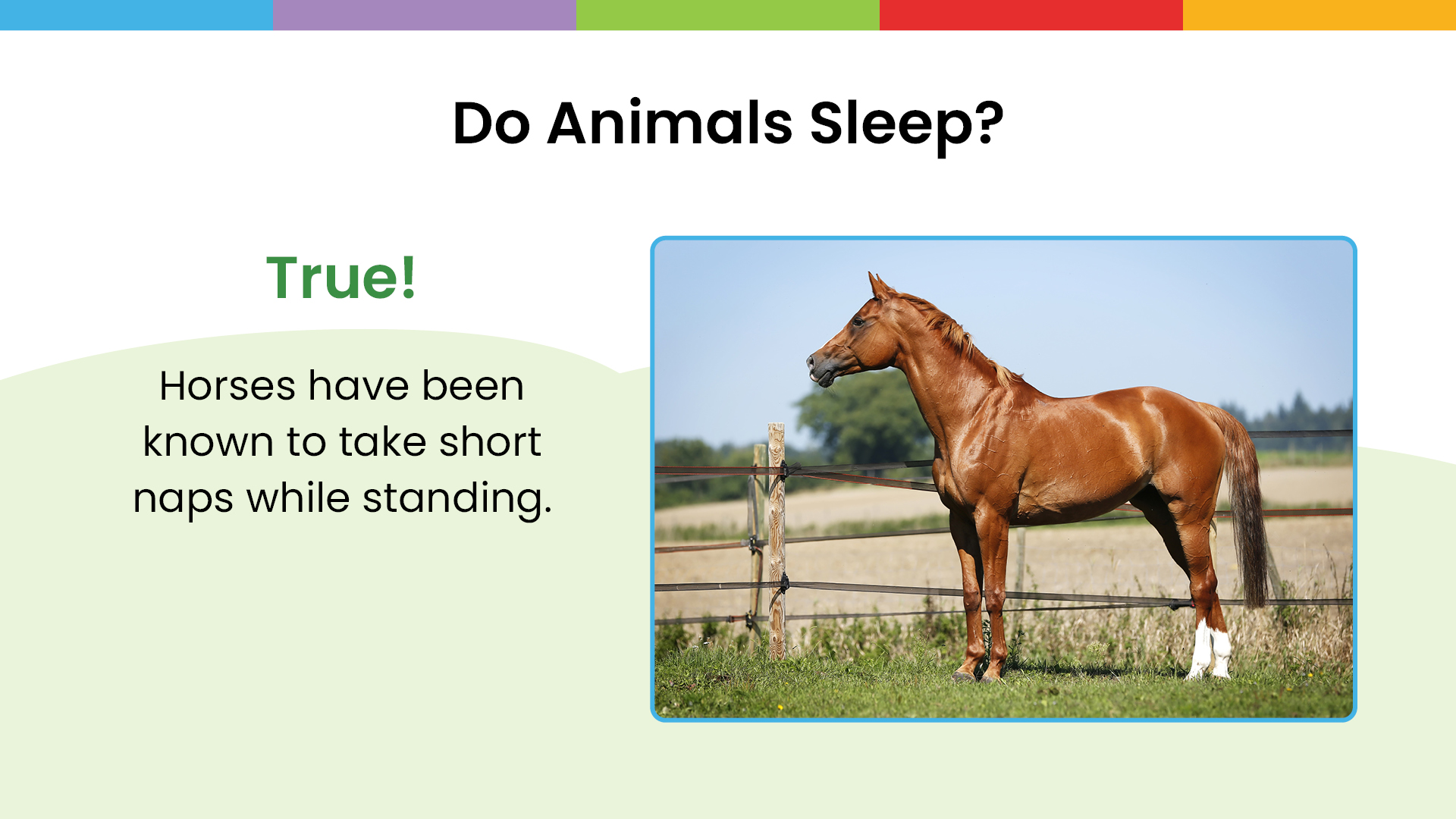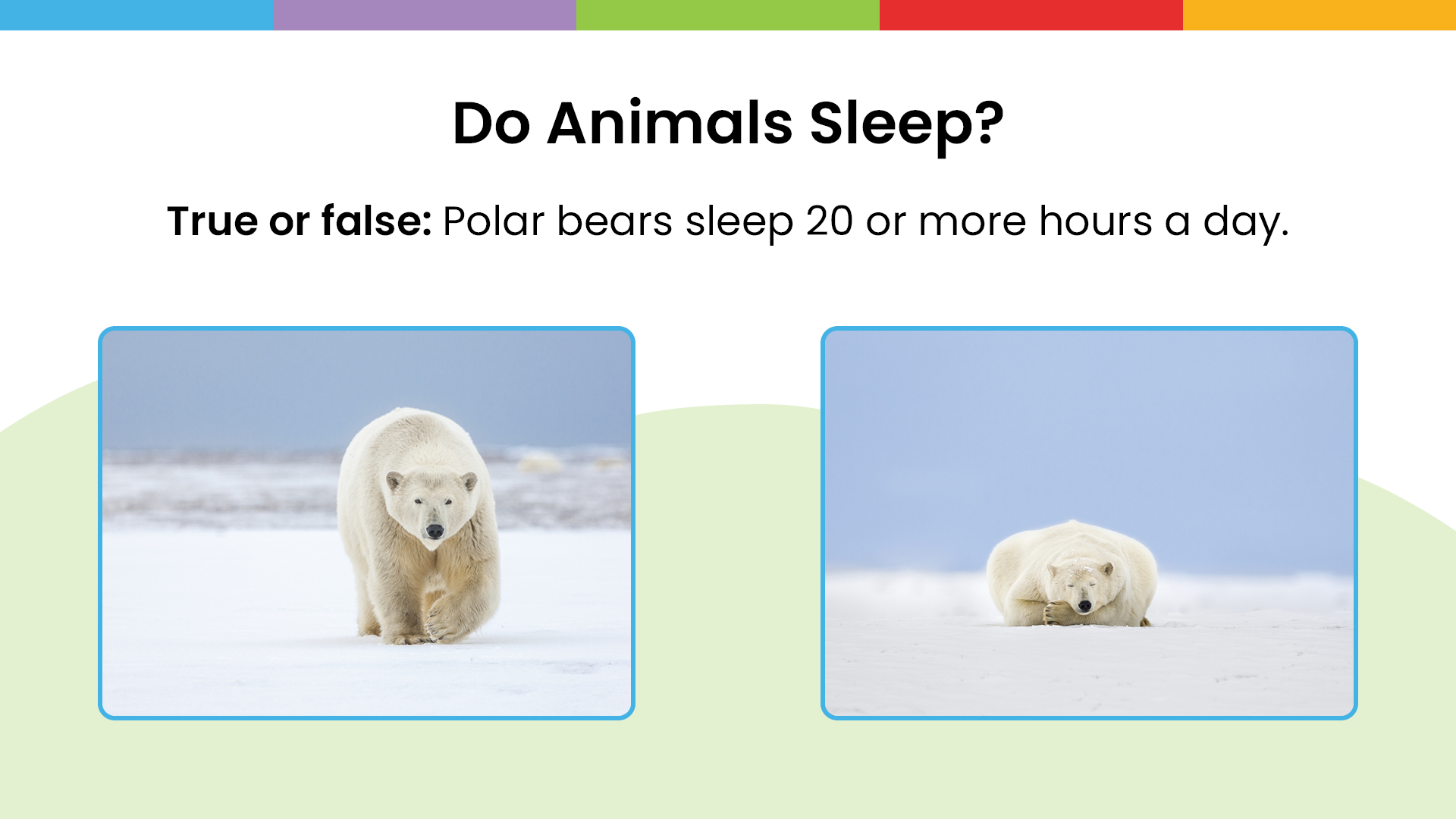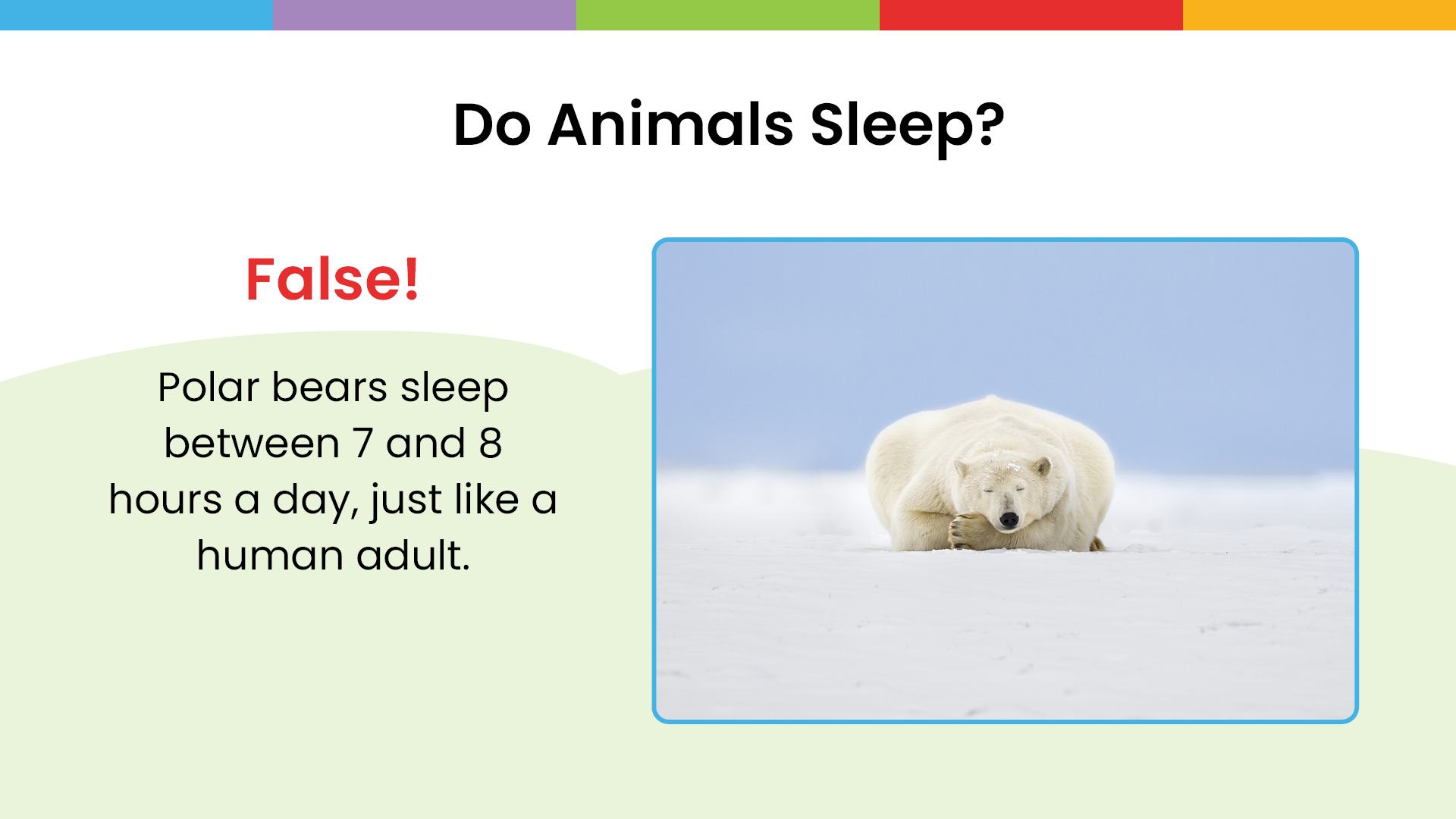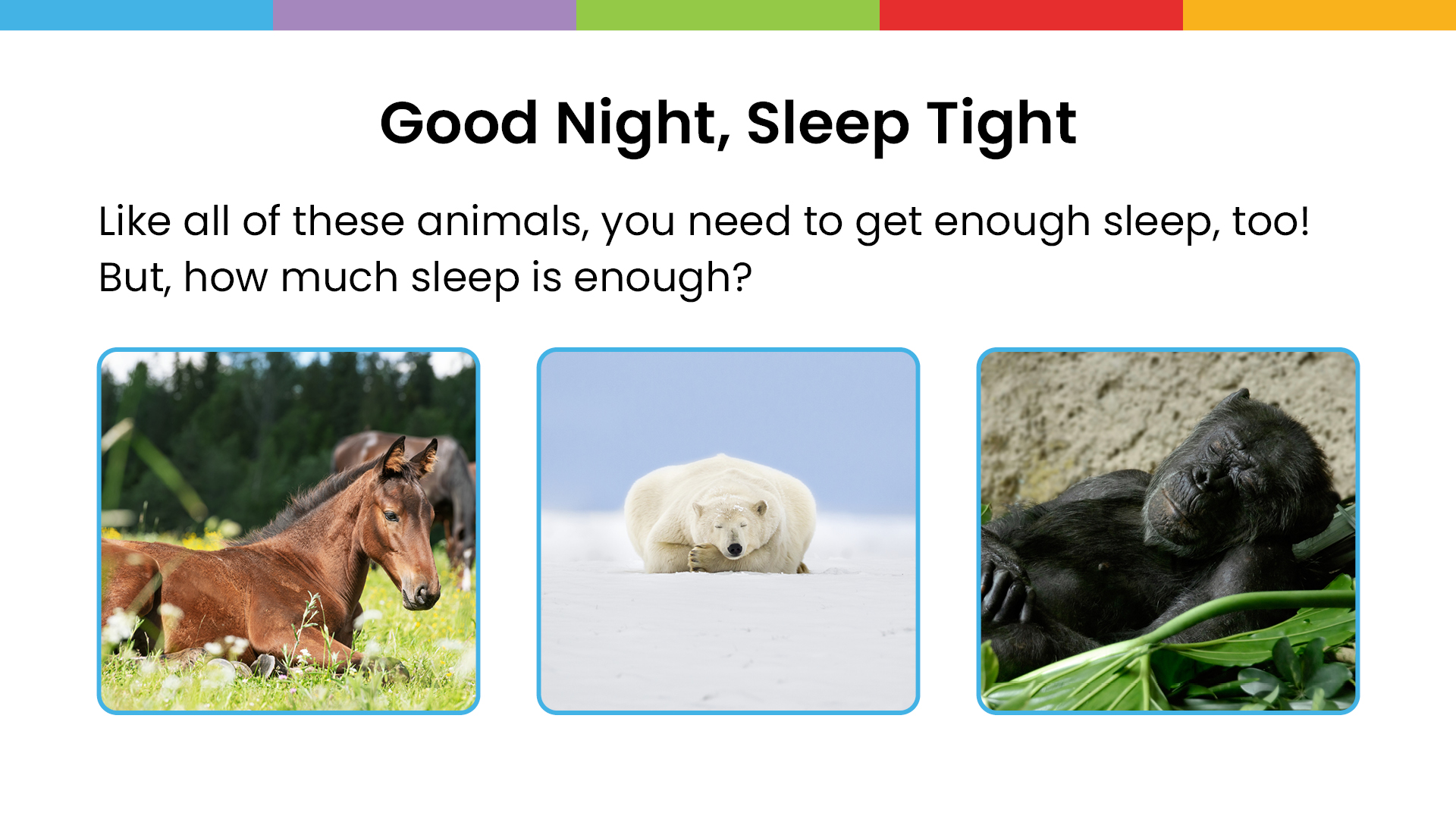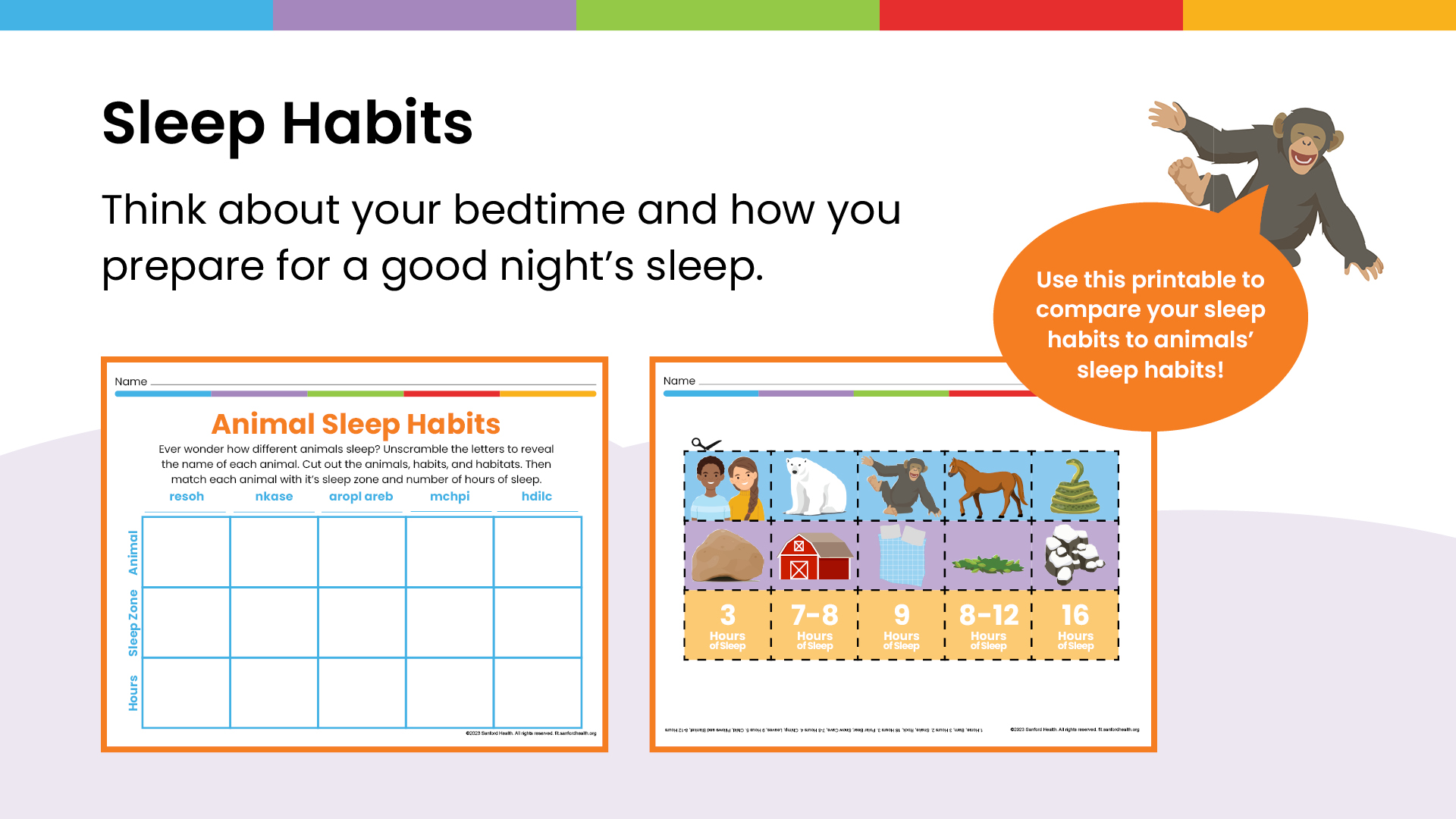Objectives
- Recall that children need 9-12 hours of sleep each night.
Info to Know
Recharge is your energy. It influences the choices you make. fit presents different ways to recharge and get energy:
- Relax, without a screen, throughout the day.
- Get enough sleep. Below are the minimum and maximum hours of sleep for different age groups as recommended by the American Academy of Pediatrics:
- Ages 4-12 months: 12-16 hours (including naps)
- Ages 1-2 years: 11-14 hours (including naps)
- Ages 3-5 years: 10-13 hours (including naps)
- Age 6-12 years: 9-12 hours
- Age 13-18 years: 8-10 hours
This unit introduces students to the importance of getting enough sleep. They will learn about how to establish or improve their bedtime routines and how to create their own sleep zone—an environment conducive to sleep.
Set The Stage
Ask kids if they have pets, for those who do ask them to brainstorm their pet's sleep habits. They can tell a partner.
To use this with your students click here.
Captivate
Sleep Habits of Animals
Can your students correctly answer the true and false questions about animal sleep from the slideshow?
Educate
Sleep Habits of Animals
Tell students their body needs 9–12 hours of sleep each night for energy and growth. Below are the minimum and maximum hours of sleep for different age groups as recommended by the American Academy of Pediatrics:
- Ages 4-12 months: 12-16 hours (including naps)
- Ages 1-2 years: 11-14 hours (including naps)
- Ages 3-5 years: 10-13 hours (including naps)
- Age 6-12 years: 9-12 hours
- Age 13-18 years: 8-10 hours
Check for understanding. What time will you need to go to bed tonight to get enough sleep?
Activate
Calculate Your Sleep
Download the Animal Sleep Habits printable to have students compare animal sleep habits to their own sleep habits.
Have students look back at their piece of paper that includes the time they went to bed and the time they woke up. Did they get 9-12 hours of sleep? Guide students to identify the time they need to go to bed to get 9-12 hours of sleep.
Encourage students to set an alarm or write themselves a note so they know what time to go to bed to be fully recharged for the next day.
Close the Lesson
Today we learned exactly how much sleep we should get each night. Next, we will learn how bedtime routines can impact our sleep.
Grade: 3-5
Time: 20 Minutes
What You'll Need
Resources
Materials
- Slideshow
- Markers
- Poster Board or White Board
Health Education Standards
- Standard 1: Core Concepts–Get an appropriate amount of sleep and rest.
- Standard 2: Analyze Influences
- Standard 4: Interpersonal Communication
- Standard 5: Decision-Making
Social and Emotional Learning Competencies
- Self-Awareness
- Self-Management
- Responsible Decision-Making
Extend the Lesson
- Play the fitGame, Get Your Zs.
- Listen to the song, To Be Your Best, You Need Your Rest, to help kids understand how they benefit from rest and relaxation.
- Show the video, What Happens to Your Body When You Sleep, to help kids understand why getting enough sleep is important.
- Read about techniques to help yourself relax and fall asleep in the article, Bedtime Relaxation for Kids.
- Read the article, Bedtime Habits for Better Sleep, to learn about the benefits of establishing bedtime routines.

